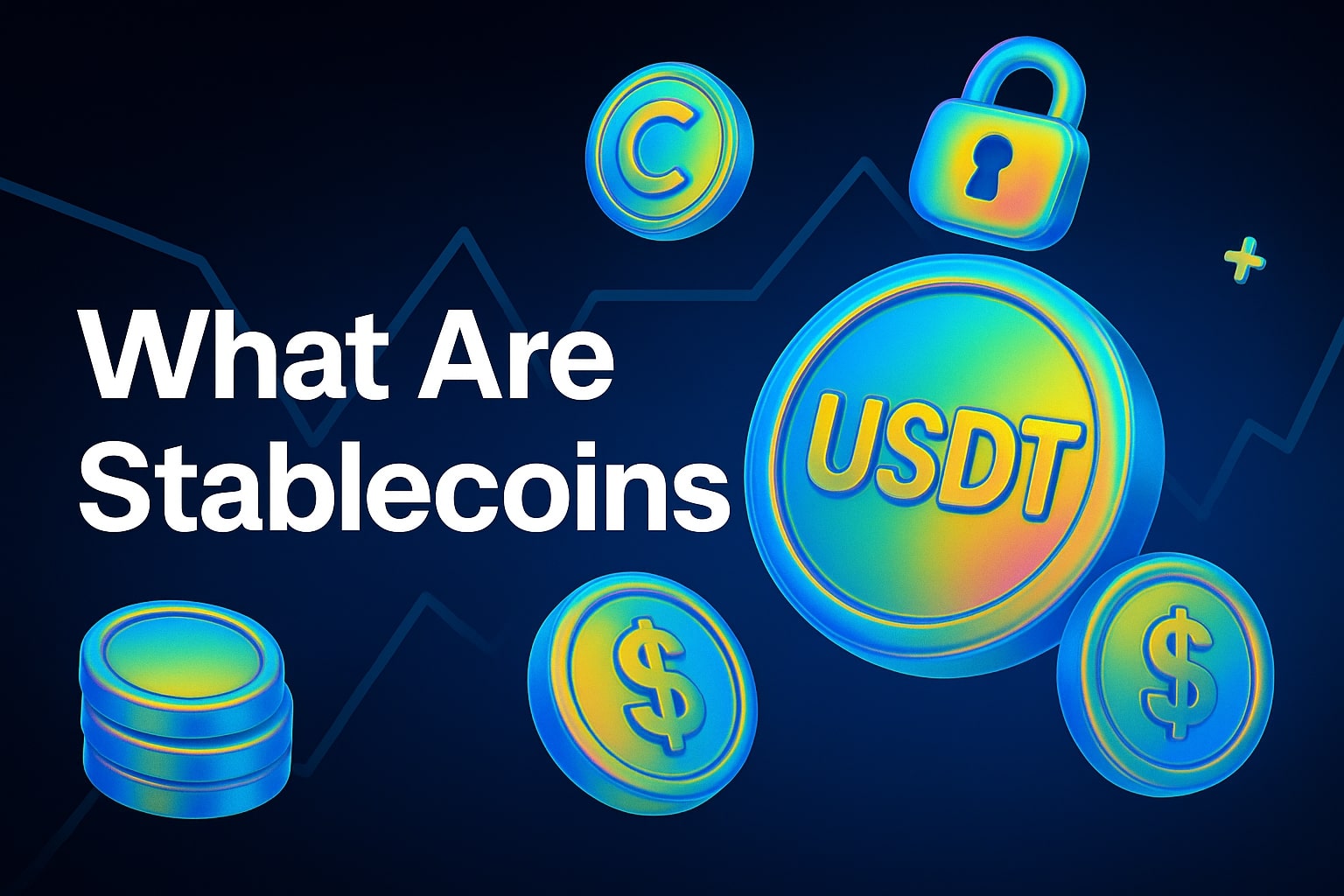What We Know
Both wallets date back to April 2011 and used legacy P2PKH address formats. The transfers occurred within minutes of each other — no coincidence. The BTC wasn’t sent to exchanges, but to newer Bech32 (SegWit) addresses. That’s a big clue: no cashout, just a controlled migration — likely for security or storage optimization.
Who’s Behind It?
Speculation is flying. Early miner? Veteran holder doing estate planning? Some even whisper names like Roger Ver, though there’s zero proof. One thing is clear: whoever did it, they knew what they were doing. These weren’t panic moves — they were deliberate and low-profile.
Why the Market Didn't Flinch
20,000 BTC moving in 2021 would've sent the market into freefall. In 2025? Barely a ripple. BTC held steady around $108–110K. Traders looked past the number and focused on the destination: not an exchange, not a mixer, not OTC — just fresh cold storage.
What This Means Going Forward
- No more panic on volume alone. Coins on the move aren’t coins for sale — context matters.
- Custody awareness is growing. Even OG wallets are shifting to secure formats like SegWit.
- On-chain data still tells the story. Metrics like Bitcoin Days Destroyed showed spikes, but sentiment remained calm.
The return of Satoshi-era BTC isn’t a threat — it’s a reminder. The early coins are still out there, and sometimes they move. The real story now isn’t just who’s behind the wallets — it’s how mature the market has become in handling moments like these.




